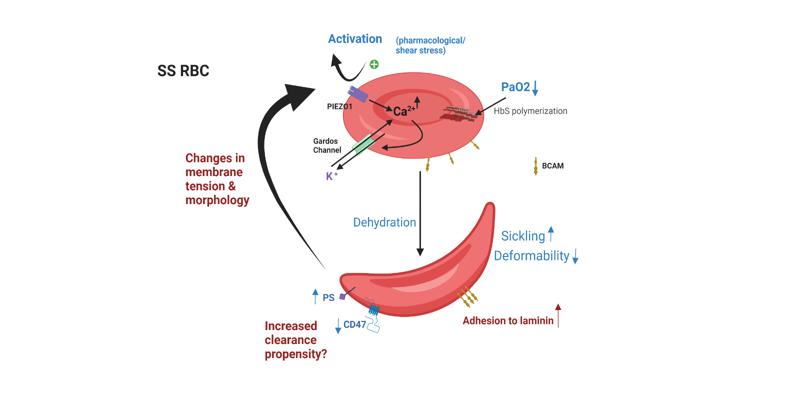- Share
- Share on Facebook
- Share on X
- Share on LinkedIn
Séminaire
On January 22, 2024

Philippe Connes (LIBM, Univ. Lyon 1)
Sickle cell disease (SCD) is an autosomal recessive disorder. Although the molecular mechanisms at the origin of SCD have been well characterized, its clinical expression is highly variable. SCD is characterized by blood rheological abnormalities, increased inflammation and oxidative stress, and vascular dysfunction. Individuals with only one copy of the mutated b-globin gene have sickle cell trait (SCT) and are usually asymptomatic. The first part of this review focuses on the biological responses of SCT carriers during exercise and on the effects of combined SCT and diabetes on vascular function, several biomarkers and clinical complications. The second part of the review focuses on SCD and shows that the magnitude of red blood cell (RBC) rheological alterations is highly variable from one patient to another, and this variability reflects the clinical and hematological variability: patients with the less deformable RBCs have high hemolytic rate and severe anemia, and are prone to develop leg ulcers, priapism, cerebral vasculopathy, glomerulopathy or pulmonary hypertension. In contrast, SCD patients characterized by the presence of more deformable RBCs (but still rigid) are less anemic and may exhibit increased blood viscosity, which increases the risk for vaso-occlusive events. Several genetic and cellular factors may modulate RBC deformability in SCD: co-existence of a-thalassemia, fetal hemoglobin level, oxidative stress, the presence of residual mitochondria into mature RBCs, the activity of various non-selective cationic ion channels, etc. The last part of this review presents the effects of hydroxyurea and exercise training on RBC rheology and other biomarkers in SCD.
Contact: Chaouqi Misbah
Date
14:00
Localisation
LIPhy, salle de conférence
- Share
- Share on Facebook
- Share on X
- Share on LinkedIn